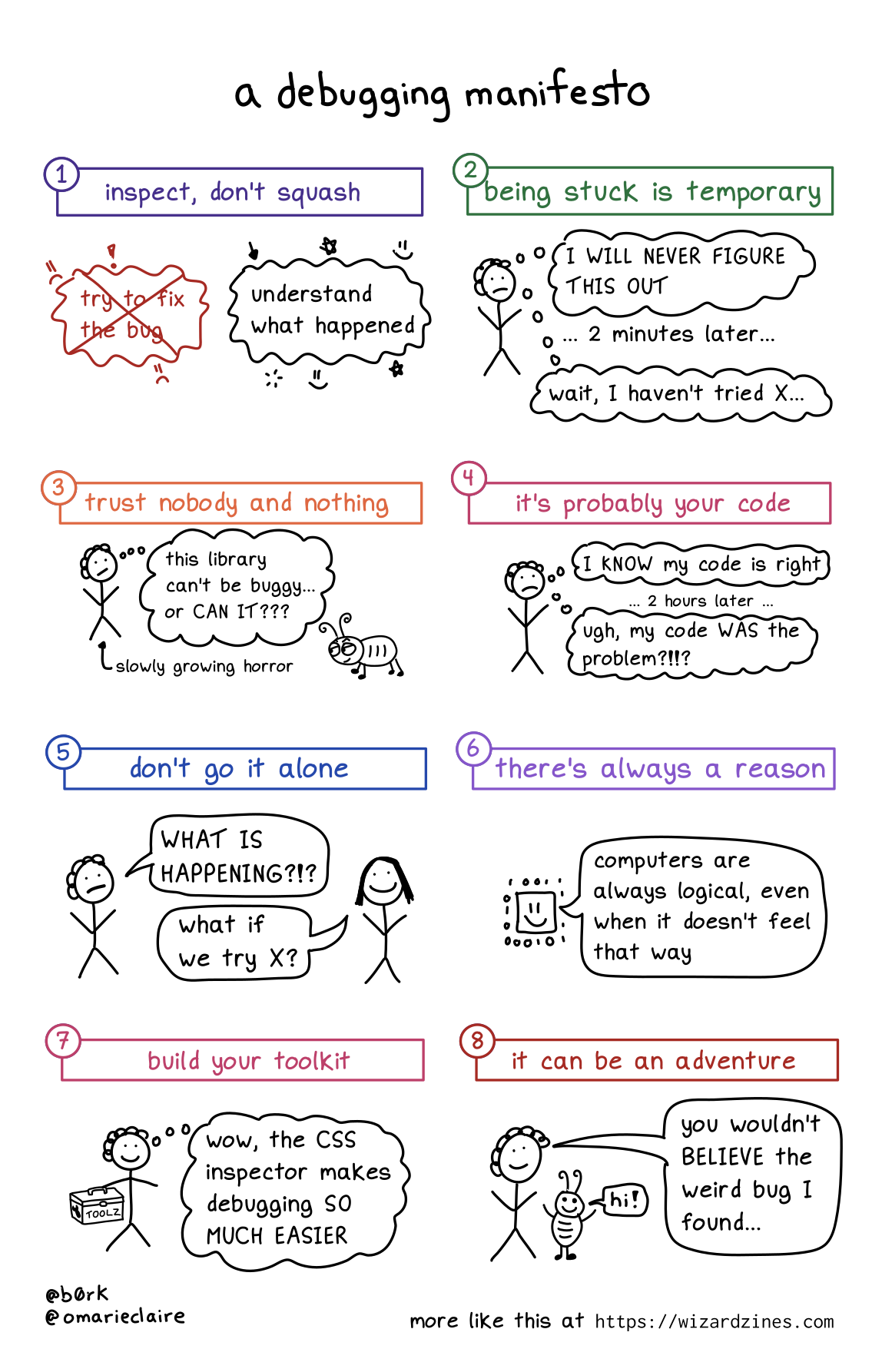Errors
Jon Reades - j.reades@ucl.ac.uk
1st October 2025
We all make mistakes
It’s how we deal with them that matters. Same in Python: understanding and handling errors is the key to good code.
Helpfully…
Python will always try to tell you what it thinks went wrong: “I didn’t understand what you meant by this…” or “I’m sorry, I can’t let you do that Dave…”
The challenges are:
- Python tends to give you a lot of information about the error: this can be very helpful for programmers dealing with complex problems and totally overwhelming for beginners.
- That what Python thinks the problem is doesn’t always line up with where the problem actually is. In cases of syntax, for instance, the problem could be an unclosed parenthesis three lines earlier!
Challenge 1
That the ‘error’ isn’t always the error…
This outputs:
Dealing with Errors
Errors Have Types
In the same way that variables have types, so do errors:
- ModuleNotFoundError
- IndexError
- KeyError
- OSError
- …
We can add our own messages:
Custom Errors
We can create our own types (classes) of error:
This can then be triggered with:
And (very importantly) this can be caught with:
Why Customise?
Custom exceptions can perform a variety of tasks:
- Distinguish between generic issues and those specific to your application.
- Triage issues based on your understanding of your application and the severity.
- Provide detailed insight based on fuller access to the state of your application.
- Perform important tidying-up or rollback operations, etc.
So Errors can be Trapped
Python calls errors exceptions, so this leads to:
You can use any or all of these together: you can have multiple named excepts to handle different types of errors from a single block of code; you do not have to have a catch-all except or a finally.
Trapping Errors
This code fails:
And it generates this error:
Trapping Errors (cont’d)
But if you ‘trap’ the error using except then:
This will print
> You can't divide by zero!
> Division is fun!Raising Hell
You can trigger your own exceptions using raise.
Understanding Multiple Errors
- The code we
trytriggers theZeroDivisionErrorblock. - This prints
"You can't divide by zero!" - We then
raisea new exception that is not caught. - The
finallycode executes because it always does before Python exits. - Python exits with the message from our newly raised Exception.
Thus: ‘During handling of above (ZeroDivisionError) another exception (our Exception) occurred…’
A Debugging Manifesto!1
Understanding exceptions is critical to fixing problems, instead of being overwhelmed by them!
Test-Based Development
We can actually think of exceptions as a way to develop our code.
Here’s some ‘pseudo-code’:
Our test(A,B) function takes an input (A) and the expected output (B) and then compares them. The test returns True if A==B and False otherwise.
Unit Tests
Each test is a Unit Test because it tests one thing and one thing only. So if you had three functions to ‘do stuff’ then you’d need at least three unit tests.
A Unit Test may be composed of one or more assertions. Our pseudo-code on the previous slide contained 4 assertions.
A Unit Test does not mean that your code is correct or will perform properly under all circumstances. It means that your code returns the expected value for a specified input.
Python considers this approach so important that it’s built in.
Approach 1
This is an explict assertion to test fun:
The critical output is:
Approach 2
This approach uses the ‘docstring’ (the bits between """) to test the results of the function. This is intended to encourage good documentation of functions using examples:
Collaboration & Continuous Integration
The Unit Test approach is often used on collaborative projects, especially in the Open Source world. PySAL, for instance, asks for unit tests with every new feature or integration.
The running of all tests for multiple components is called ‘integration testing’.
A commit, merge, or pull on GitHub can trigger the unit testing process for the entire software ‘stack’. This is known as Continuous Integration because you are always checking that the code works as expected, rather than leaving testing to the end.


